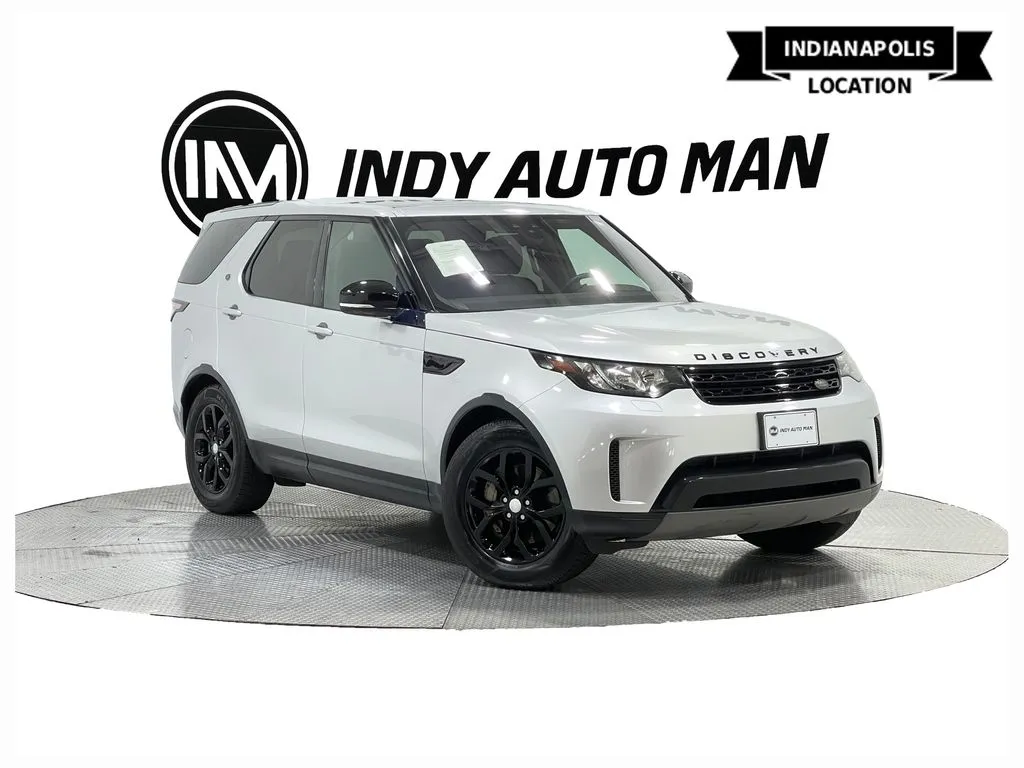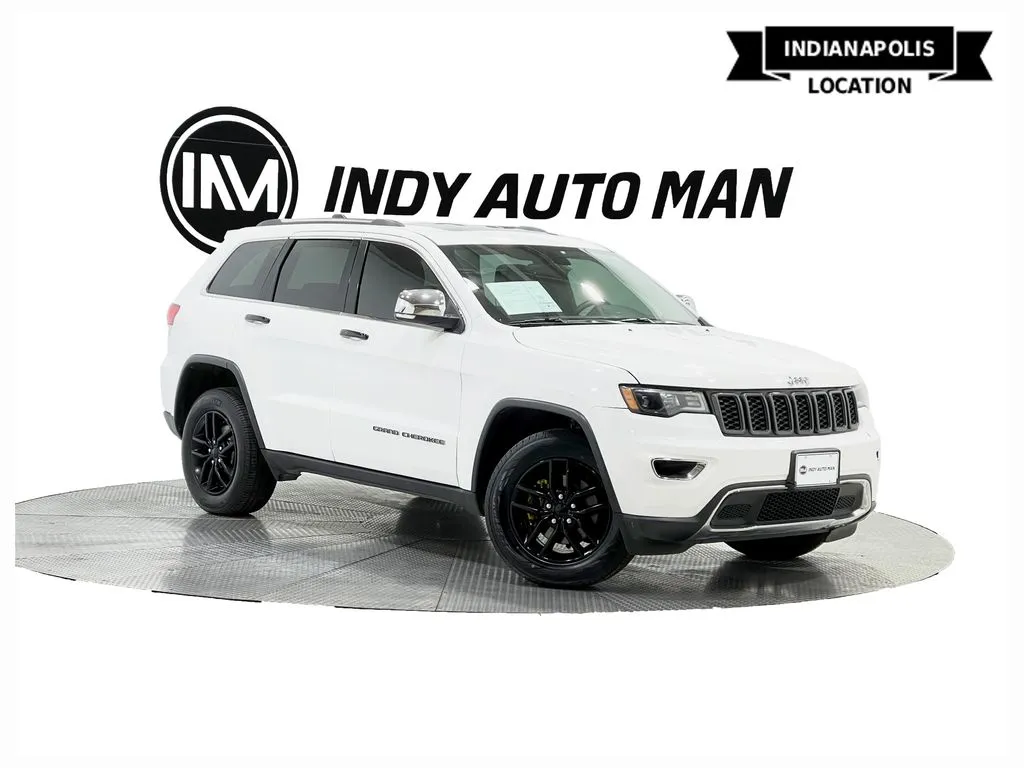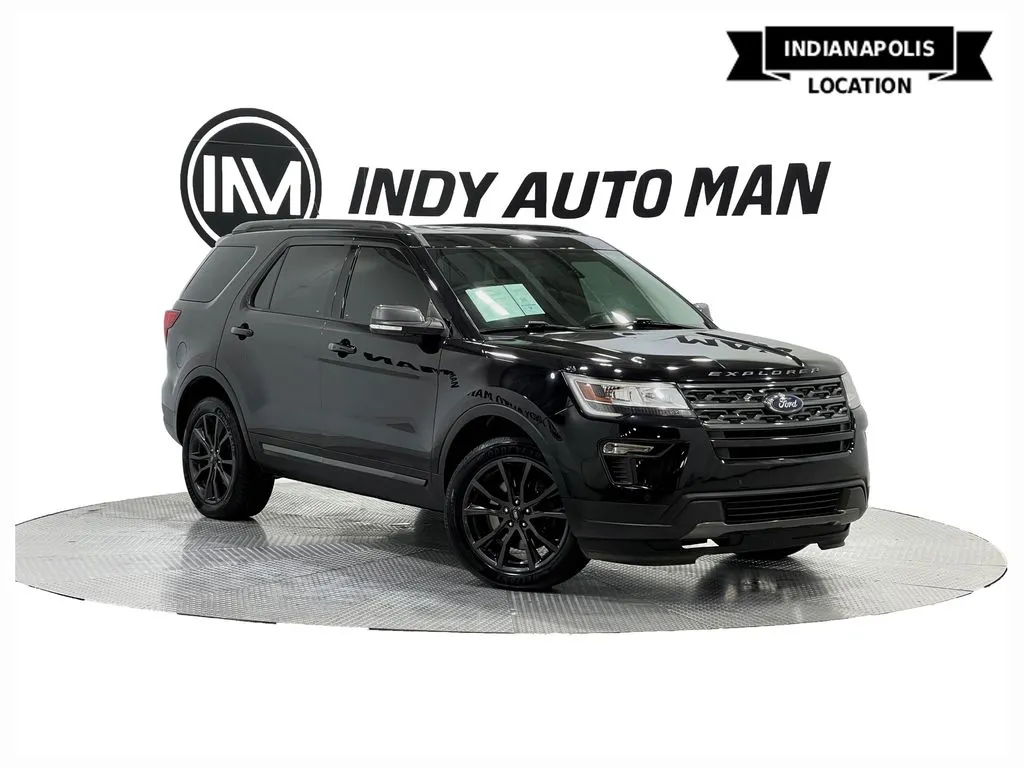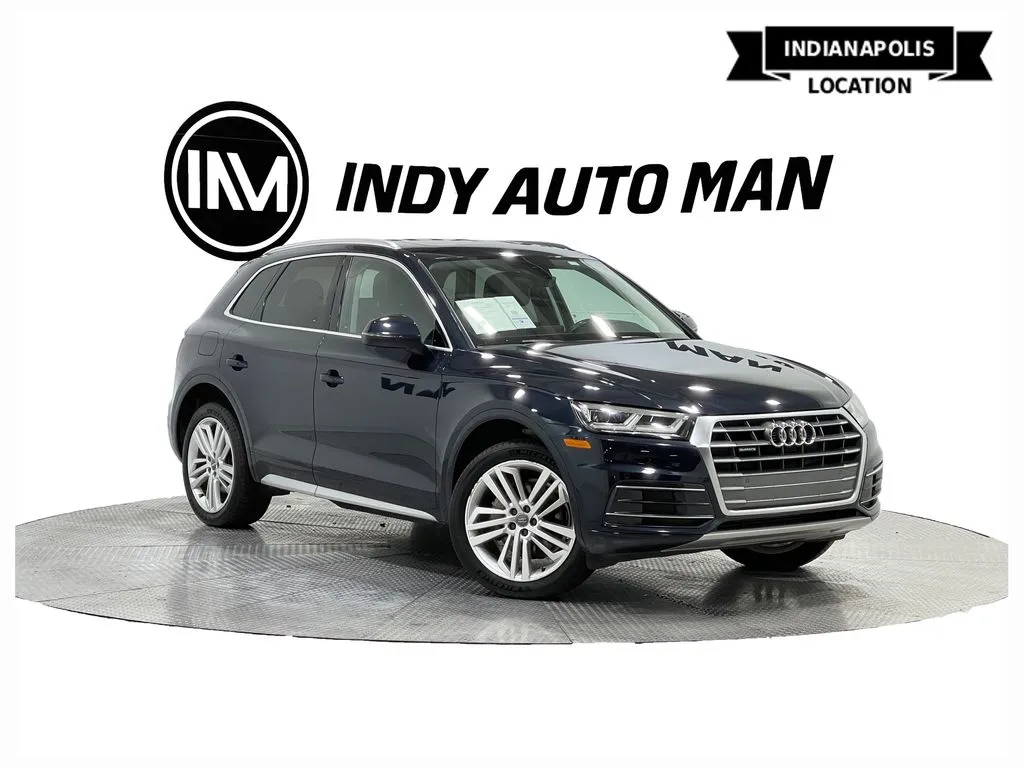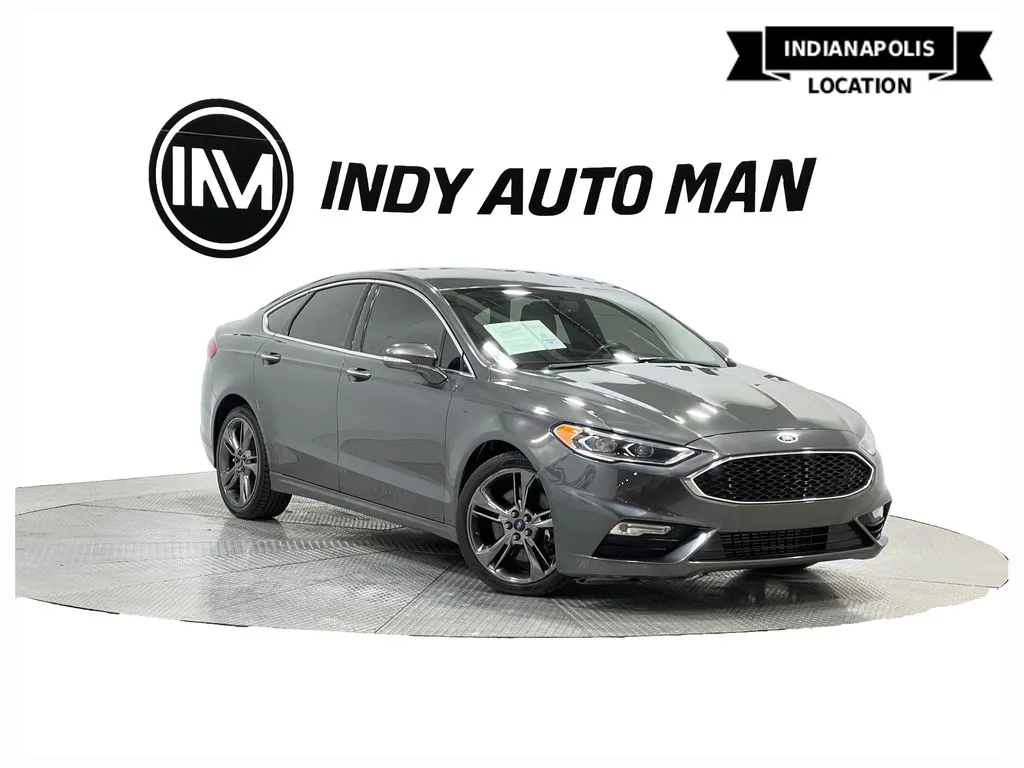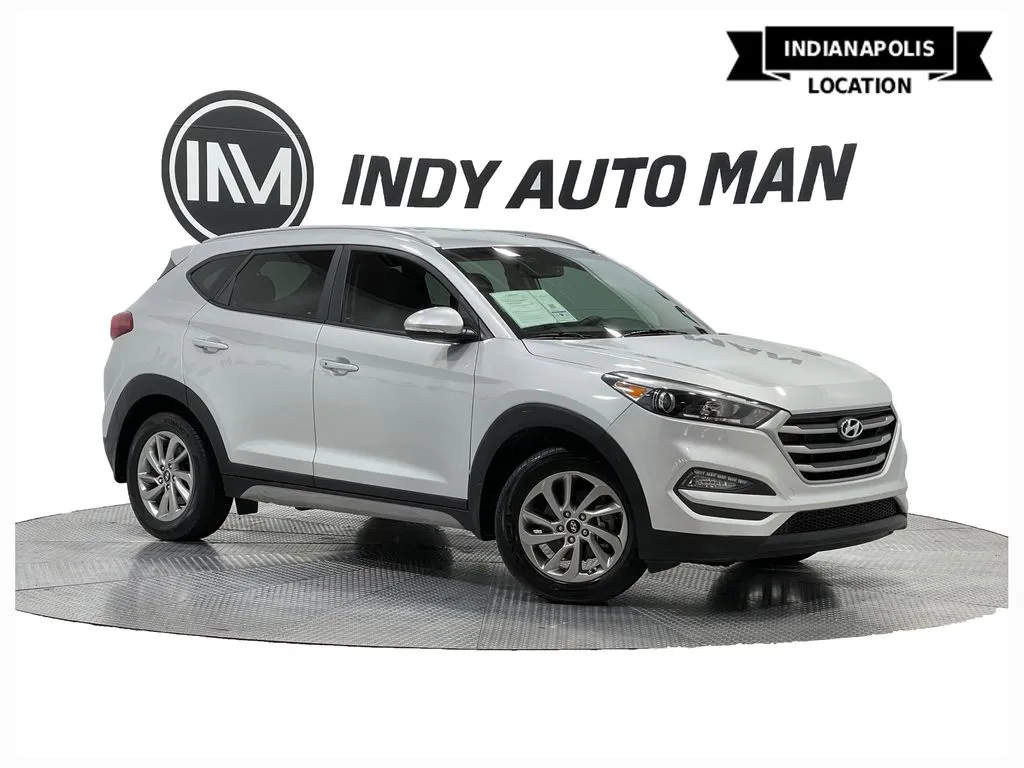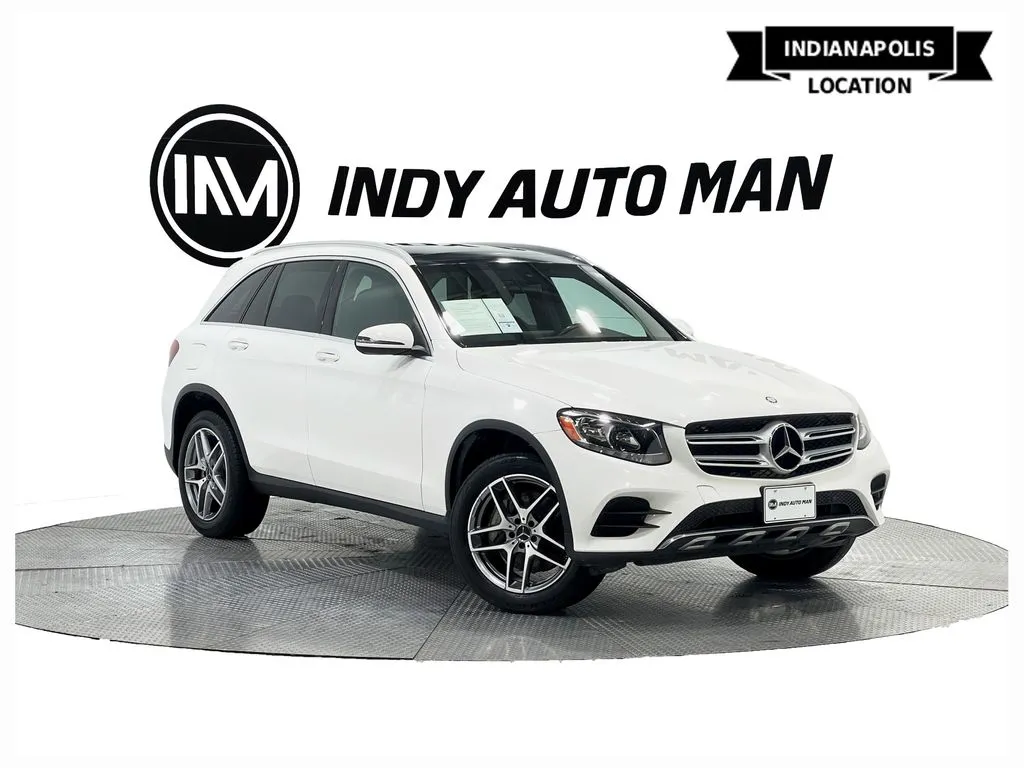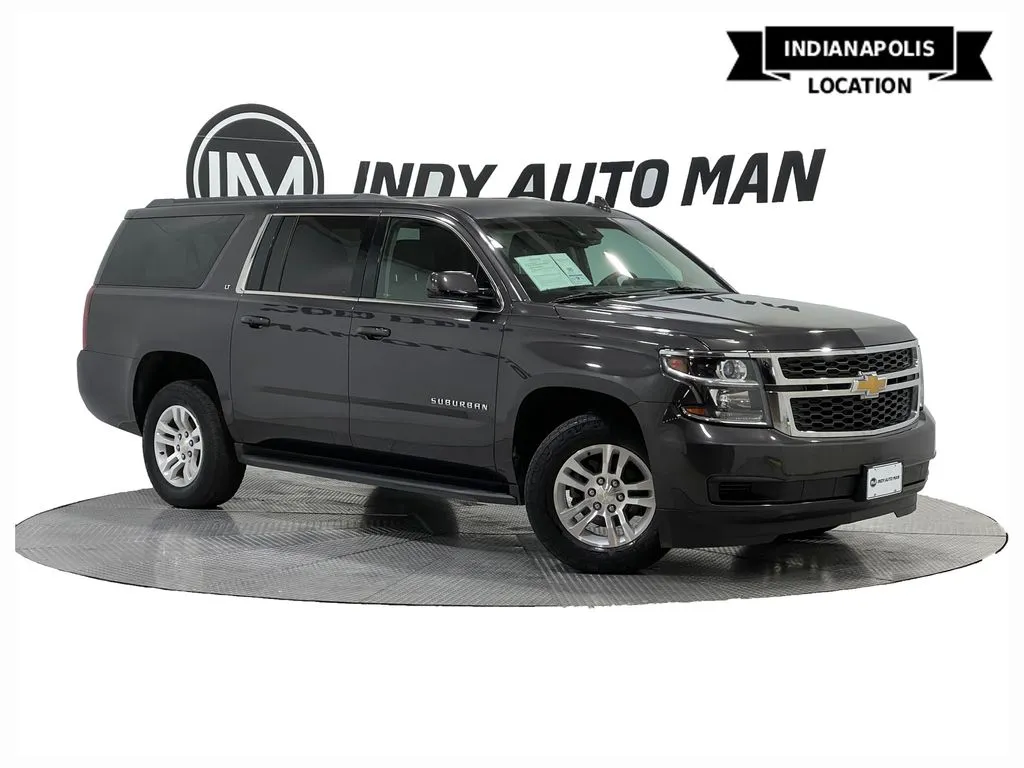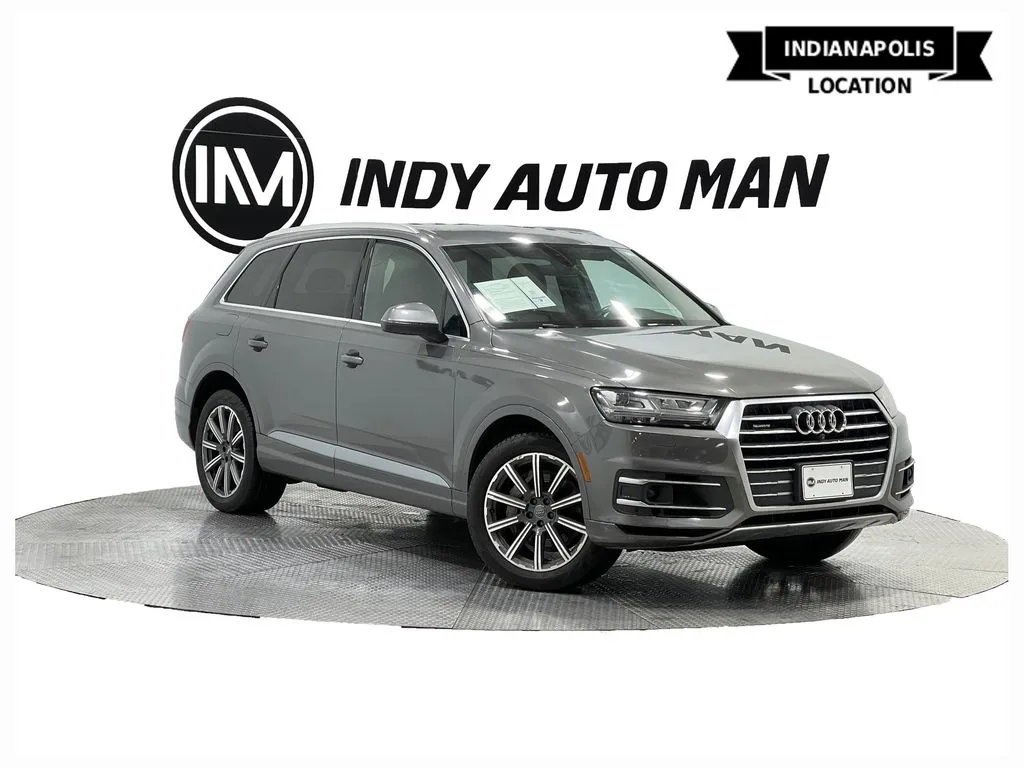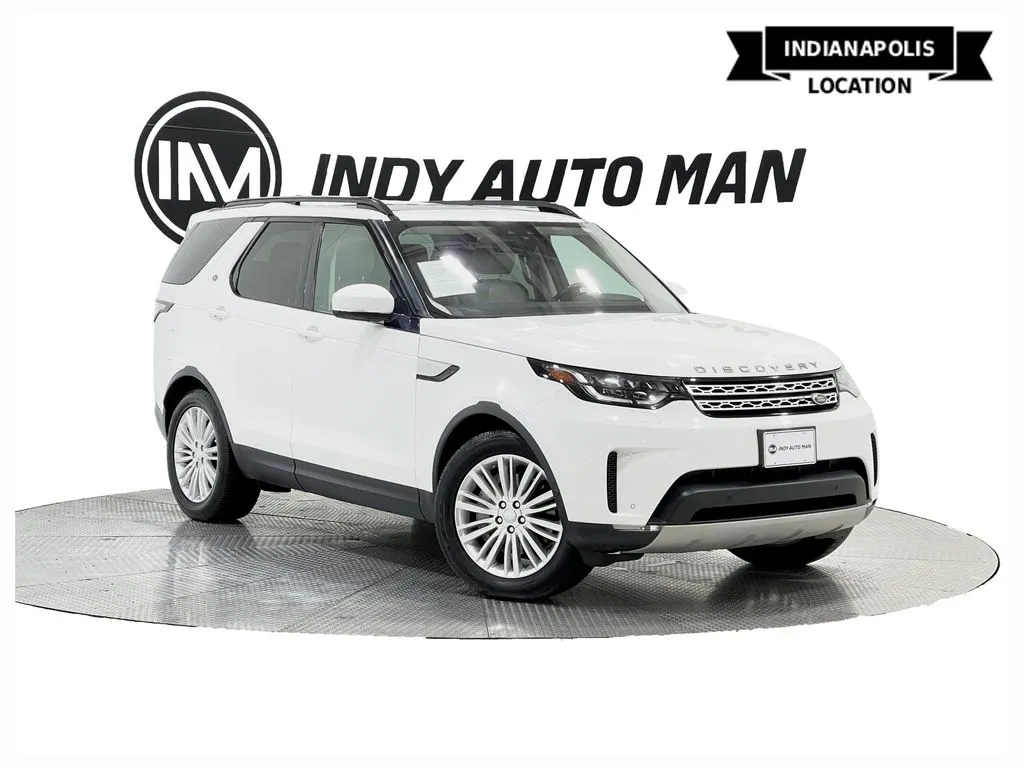Amazing Path to Fame: Mercedes-Benz History

Mercedes-Benz is a brand that evokes intense emotions from drivers as its founders launched the first auto on the market, although they had not yet worked under the sign of the three-pointed star. Mercedes cars are inherently associated with luxury at the highest level, and the portfolio of the brand today includes an extensive range of models. Today, Indy Auto Man dealership, IN, offer you to plunge into Mercedes-Benz history and discover the secret of success.
Mercedes: History Begins

At the end of the nineteenth century, two events occurred that forever changed the face of the world. However, no one then thought that the automobile would impact so greatly the development of personal and public transport and industry. In December 1883, Karl Benz founded the company Benz & Cie. In November 1890, Gottlieb Daimler's company DMG, or Daimler-Motoren-Gesellschaft, was founded. Within two years of starting his company, Benz collaborated with Wilhelm Maybach to create a three-wheeled car powered by an internal combustion engine.
Bertha Benz, the wife of the great designer, promoted the project. In 1888, secretly from her husband, she undertook a 50-mile journey from Mannheim to Pforzheim. Bertha Benz also contributed to the improvement of the design - her idea led to the low gear introduction that allowed driving uphill.
The Viktoria model was introduced five years later, while the Velo by Benz became the first car produced on a large scale in 1894. In a year, the company released the first-ever bus.
At the same time, Daimler's company was engaged in the production of boats and the development of airships, but cars remained the focus of the designer's attention. At the end of the 19th century, Daimler and Maybach jointly created the first V-engine, 4-speed gearbox, and 4-cylinder unit. In 1897, the company's first car, the Phoenix, was introduced.
Emil Jellink, the Austrian diplomat, was interested in Daimler's designs and purchased one car. Shortly after, he purchased an additional four vehicles and sold them for a higher price. Daimler soon received new orders, and the buyer stated that he would like to be the sole seller in Austria-Hungary, Belgium, France, and the United States. Emil Jellinek added another requirement: the cars must be sold as Mercedes vehicles (in tribute to his daughter). The first model under the new brand went on sale in 1901. The model was equipped with a 6-liter four-cylinder unit with a power of 35 hp which allowed the car to accelerate to a maximum speed of 50 mph.
In 1907, Paul Daimler - the DMG company owner's son - became the head of the design bureau. Under his leadership, Charles Knight developed the variable stroke engine. The motor was used in the Knight 16/45 PS, the production of which ended in 1926. When Paul Daimler's duties passed to Ferdinand Porsche, the 24/100/1400 PS model debuted on the market. The premiere of the car, equipped with a 6-cylinder 6-liter engine, took place at the Berlin Motor Show in 1924. Soon, the 400 model (15/70/100) was released, also equipped with a 6-cylinder unit but with a volume of 4 liters.
Mercedes-Benz History After the First World War

After World War I, the demand for personal vehicles decreased significantly. Daimler and Benz began to feel the effects of the prevailing crisis. To survive in the market, the owners of both companies decided to cooperate. In 1926, a merger took place, resulting in the creation of Daimler-Benz AG. The first car to be co-built was the Model K (debuted in 1926). The SSK and SSKL models were then developed under the direction of Hans Niebel. The collaboration between both designers turned out fruitful - the company existed in this form until 1998, when the German concern became the majority shareholder of Chrysler, thus creating the DaimlerChrysler group. The American-German marriage broke up in 2007. It was then that the company received the name Daimler AG.
Mercedes-Benz Types

The Mercedes-Benz brand is inextricably linked with limousines, but the German manufacturer's offer also includes city models, prestigious station wagons, vans, SUVs, and utility models. Although they are intended for different target audiences, they are distinguished by the highest quality and prestigious character.
The portfolio of the German brand opens with compact models:
- A class,
- CLA class (available as a 4-door coupe and a dynamic station wagon),
- GLA class (compact crossover),
- B class (compact van),
- GLB class (compact SUV).
Above them are models of D segment (middle class):
- C-Class (offered as a limousine, station wagon, coupe, and convertible),
- GLC class (mid-size SUV),
- GLC Coupe class (an SUV with a dynamic body, the line of which belongs to coupe models).
Another segment in which Mercedes-Benz is present is the upper class:
- E-Class (offered as a limousine, luxury station wagon, paved road station wagon called All-Terrain, coupe, and convertible),
- GLE class (luxury SUV),
- GLE Coupe class (a dynamic SUV with body lines relating to coupe models).
At the top of the lineup are representatives of the royal class of the most luxurious cars:
- S-Class (offered as a luxury sedan, convertible, and GT coupe),
- GLS class (luxury SUV).
The German giant supports environmental trends in the market, as evidenced by the EQC SUV - the first representative of the EQ line of electric vehicles. However, this is not the last word Mercedes has said on this topic. Passenger cars and utility models with electric drive will systematically expand the manufacturer’s product range.
Mercedes-Benz lineup also includes vans (Citan, Vito, and Sprinter), trucks (Actros, Atego, Econic, and Unimog), and buses.
Sports Mercedes-Benz

Mercedes sports models are a separate chapter that deserves special attention. Sport with a capital S began for the German manufacturer in 1951, when Wilhelm Haspel approved the creation of a high-performance sports model. In 1954, production of the 300 SL, called the Gullwing because of its distinctive doors, began. At one time, it was the fastest car in the world.
The most iconic representative of the sporty two-seat convertibles line is the SL model. Mercedes-Benz was also the first manufacturer to introduce a car with a hard folding roof - the SLK, today known as the SLC.
A separate chapter in the history of sports Mercedes-Benz are models signed by AMG. Today, the three letters representing high performance adorn the body of almost every vehicle - from the small A-class to the ultra-luxurious S-class and the off-road G-class.
Regardless of the model, Mercedes-Benz cars remain reliable and high-quality even with dozens of miles on the odometer. If you want to become an owner of one of these German vehicles and experience the dependability elaborated throughout Mercedes history, check the inventory of used Mercedes-Benz models for sale in the Indianapolis dealership Indy Auto Man and buy your favorite with no hassle.

